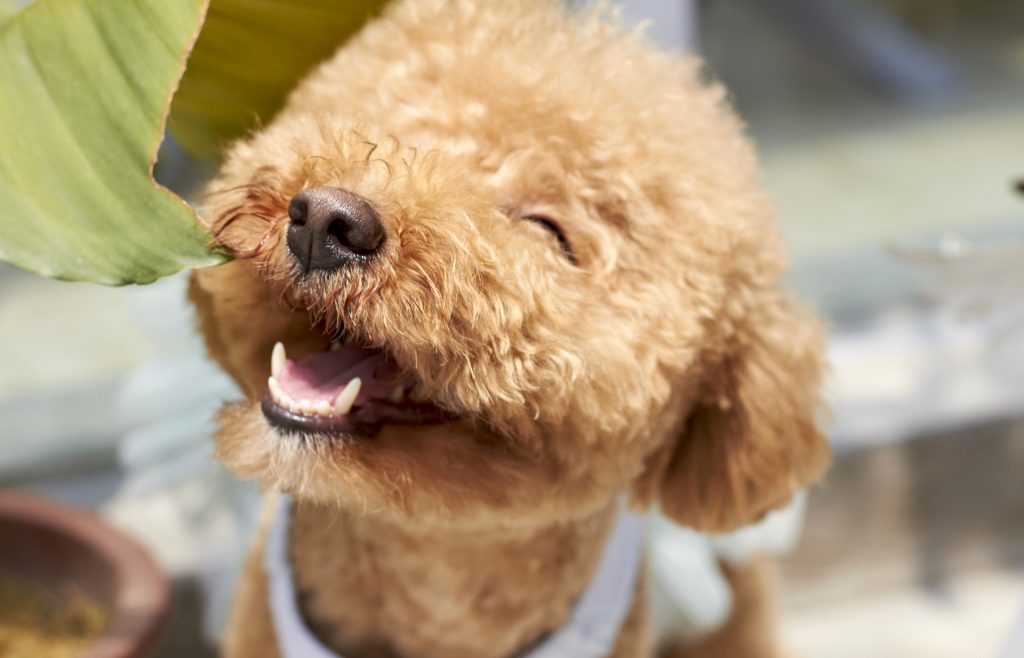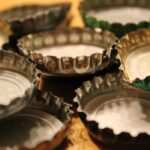Cavities, abscesses, tartar, gingivitis – all are miserable maladies of our mouths. But not just the human mouth. Our pets are affected by these same dental problems!
At 10 years old, I knew that Smudge was overdue for a teeth cleaning. His breath was horrendous, and after eating, he would also do a lot of smacking and licking.
So last week, Smudge was scheduled for his dental procedure. Of course I was anxious. There is blood work to confirm that kidneys and liver are functioning well and can handle the anesthesia. Anesthesia is a concern, particularly for an older animal. How many teeth would Smudge lose? When I took Whitney for her dental, she had seven teeth pulled. Whitney’s teeth were bad from a young age. Food plays a part in your pet having clean and healthy teeth, but so do genetics and regular dental hygiene.
Well, I was very happy to learn that Smudge’s teeth had cleaned up really well and that he only needed one extraction, a back molar on the left. He received an antibiotic injection and came home with a couple of pain pills in the event he needed them. I am softening his food for a week until his mouth calms down, and I am thrilled to have this behind us. Now Smudge’s mouth is as clean as his two much younger brothers.
Surprising numbers
Here is a shocking statistic: 85% of all pets have periodontal disease by the time they are 3 years of age.
- Dental disease can result in bad breath, painful chewing, and tooth loss.
- Bacteria under the gum can travel to the heart, kidneys, and liver.
- A professional dental cleaning is required to remove plaque and tartar from a pet’s teeth and to assess the health of the mouth.
- A thorough dental cleaning requires that the pet be under anesthesia.
- Regular at-home dental care can help improve the health of your pet’s mouth and lengthen the intervals between professional dental cleanings.
What’s causing this bad breath?
Periodontal disease is a progressive disease of the supporting tissues surrounding teeth and the main cause of early tooth loss. Periodontal disease starts when bacteria combine with food particles to form plaque on the teeth. Within days, minerals in the saliva bond with the plaque to form tartar, a hard substance that adheres to the teeth. The bacteria work their way under the gums and cause gingivitis — inflammation of the gums. Once under the gums, bacteria destroys the supporting tissue around the tooth, leading to tooth loss. This condition is known as periodontitis. Gingivitis and periodontitis make up the changes that are referred to as periodontal disease. The bacteria associated with periodontal disease can also travel in the bloodstream to infect the heart, kidneys, and liver.
A professional veterinary dental cleaning is the only way to remove tartar from the teeth and under the gum tissue to protect your pet’s health. With a professional dental cleaning and follow-up care, gingivitis is reversible. Periodontal disease is not reversible, but diligent at-home dental care and regular veterinary cleanings can slow down the progression of the condition.
What is a cleaning?
During a dental cleaning (sometimes called a prophylaxis), plaque and tartar are removed from a pet’s teeth, and the health of the entire mouth (tongue, gums, lips, and teeth) is assessed. A thorough dental cleaning can be accomplished only while the pet is under general anesthesia. Anesthesia keeps your pet free of pain during the dental procedure and allows your veterinarian to fully inspect the teeth and remove tartar from under the gums.
What’s involved?
A dental cleaning may include the following:
- Removal of visible plaque and tartar from the teeth;
- Elimination of plaque and tartar from under the gums;
- Probing of dental sockets to assess dental disease;
- Polishing to smooth enamel scratches that may attract bacteria;
- Dental radiographs (X-rays) to evaluate problems below the gumline;
- Application of fluoride or a dental sealer;
- Removal or repair of fractured or infected teeth;
- Dental charting so progression of dental disease can be monitored over time;
- Inspection of the lips, tongue, and entire mouth for growths, wounds, or other problems.
When is it needed?
Regular inspection of your pet’s mouth is important to catch dental disease in the early stages. Tartar may appear as a brownish-gold buildup on the teeth, close to the gumline. Redness or bleeding along the gumline may indicate gingivitis. Other signs of dental disease include bad breath, drooling, pawing at the mouth, difficulty chewing, or loose or missing teeth. If you notice any of these signs in your pet, schedule an appointment with your veterinarian.
What are the benefits?
A professional dental cleaning removes not only the visible plaque and tartar on the teeth surfaces but also the bacteria under the gums. This eliminates potential sources of infection to the mouth and other organs and protects your pet from pain and tooth loss.
What can I do to keep my pet’s teeth clean?
Once a dental cleaning has been performed, you can take a number of steps at home to keep your pet’s teeth clean and lengthen the intervals between dental cleanings. Your veterinarian may recommend a plaque prevention product — a substance that you apply to your pet’s teeth and gums on a weekly basis. The product adheres to the surface of the teeth to create a barrier that prevents plaque from forming.
Just as in people, daily brushing can help remove food particles from between your pet’s teeth. You can use a child’s toothbrush or purchase a finger brush from your veterinarian. Human toothpastes should be avoided because they contain ingredients that should not be swallowed by your pet. Your dog or cat may like the taste of pet toothpaste, which is available in flavors such as chicken, seafood, and malt.
Several dental diets and treats can also help keep plaque and tartar to a minimum. The diets tend to have larger kibbles to provide abrasive action against the tooth surface when chewed. Or they may contain ingredients that help prevent tartar mineralization. Ask your veterinarian which diets or treats are appropriate for your pet.
Admittedly, a professional dental cleaning is not cheap. But for all of the reasons I mention in my column above, dental care is an integral part of your pet’s overall health and quality of life. And if it results in your pet living a longer life and spending quality time with you – priceless.
In memoriam
My good friend Doris Conner recently lost her beloved Cairn Terrier Cooper, who succumbed to cancer. RIP sweet boy. You were very loved and will be missed, always.
Dog bless.
Resource: Vetstreet.com

Judy Endo is the author of Paws-itive Pet Tales. A lifelong resident of the Wilkes-Barre area, she has been a professional dog trainer/competitor as well as a lifetime animal lover and strong supporter of animal rescue. Contact: judyendo@outlook.com




